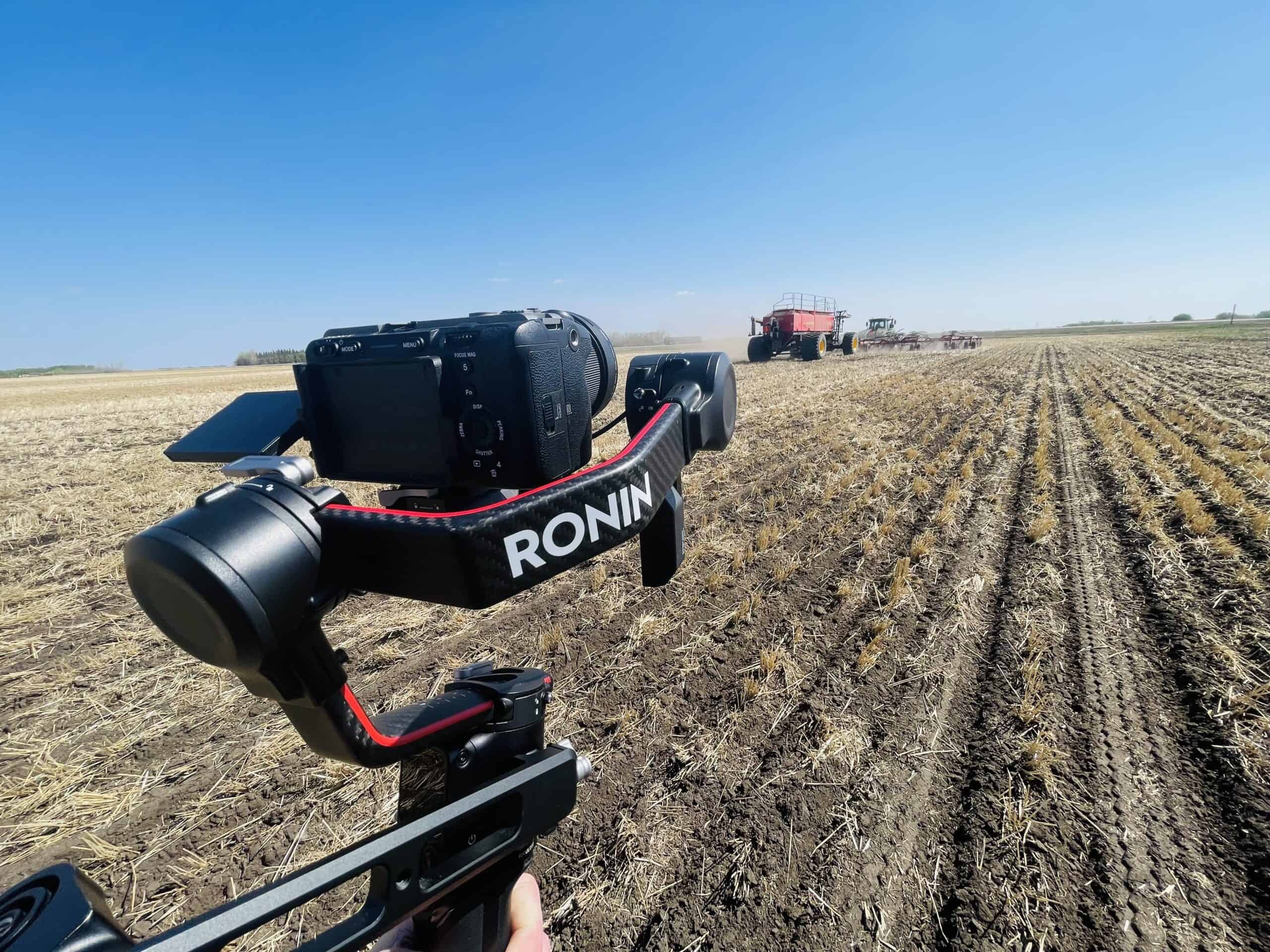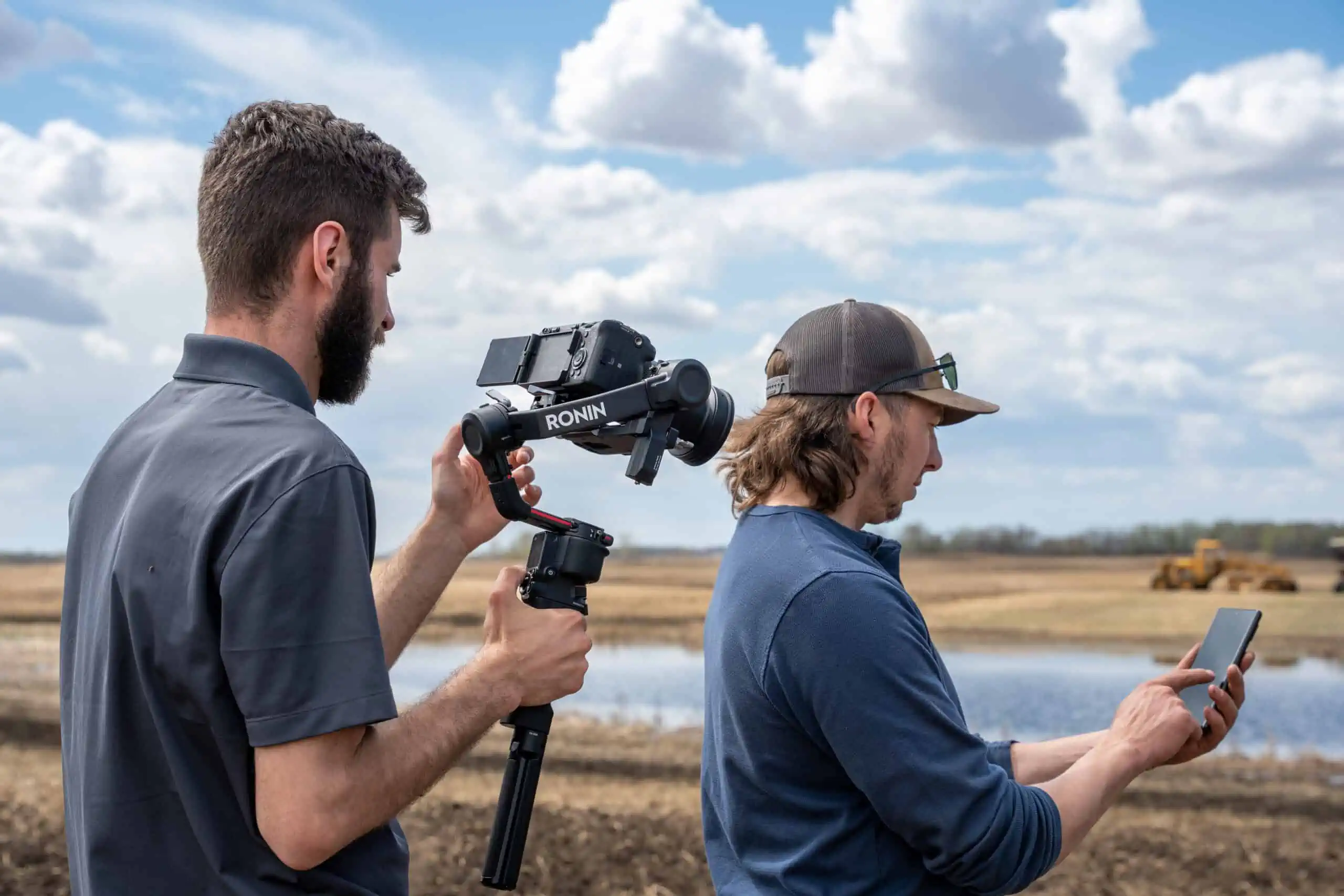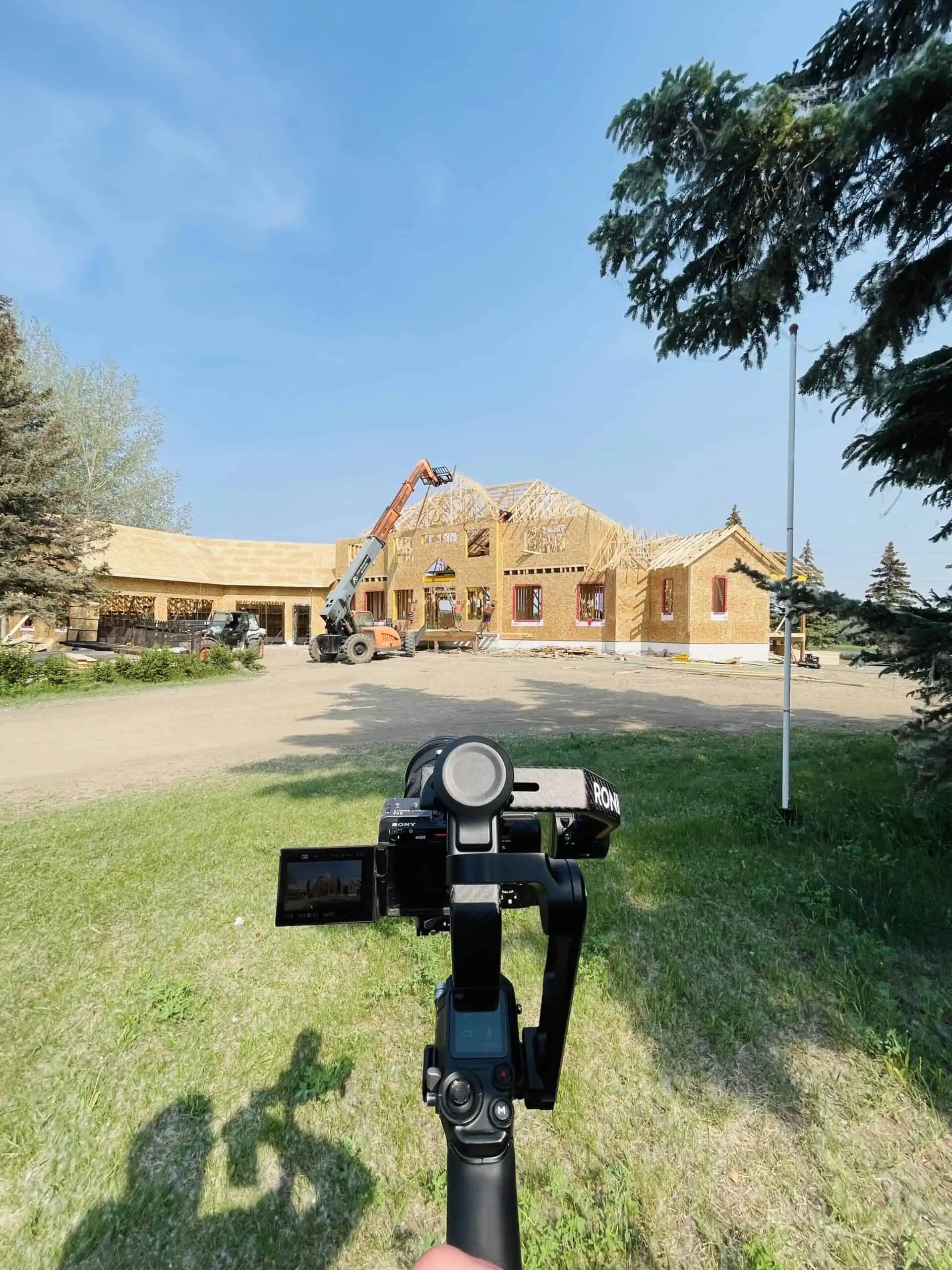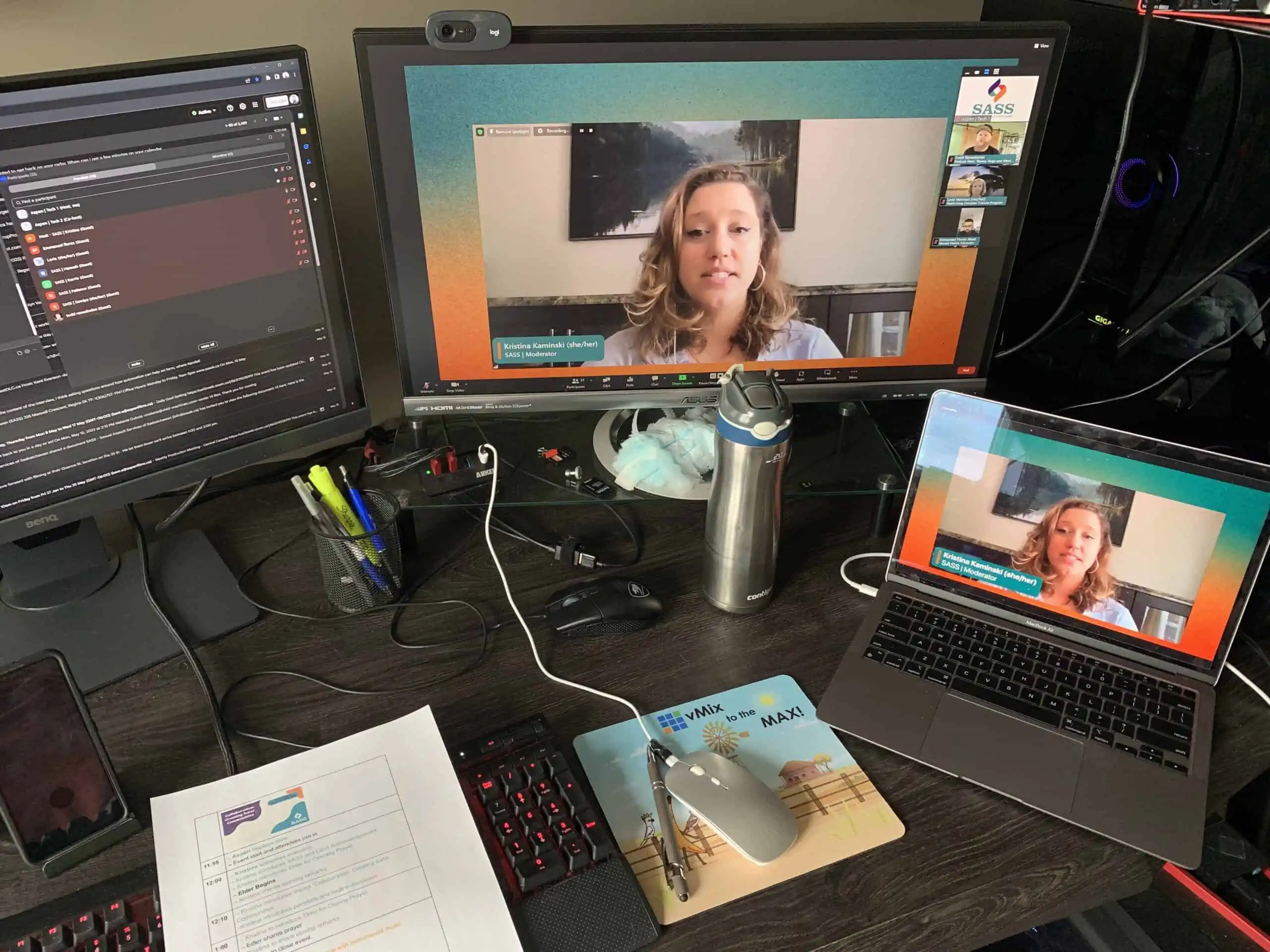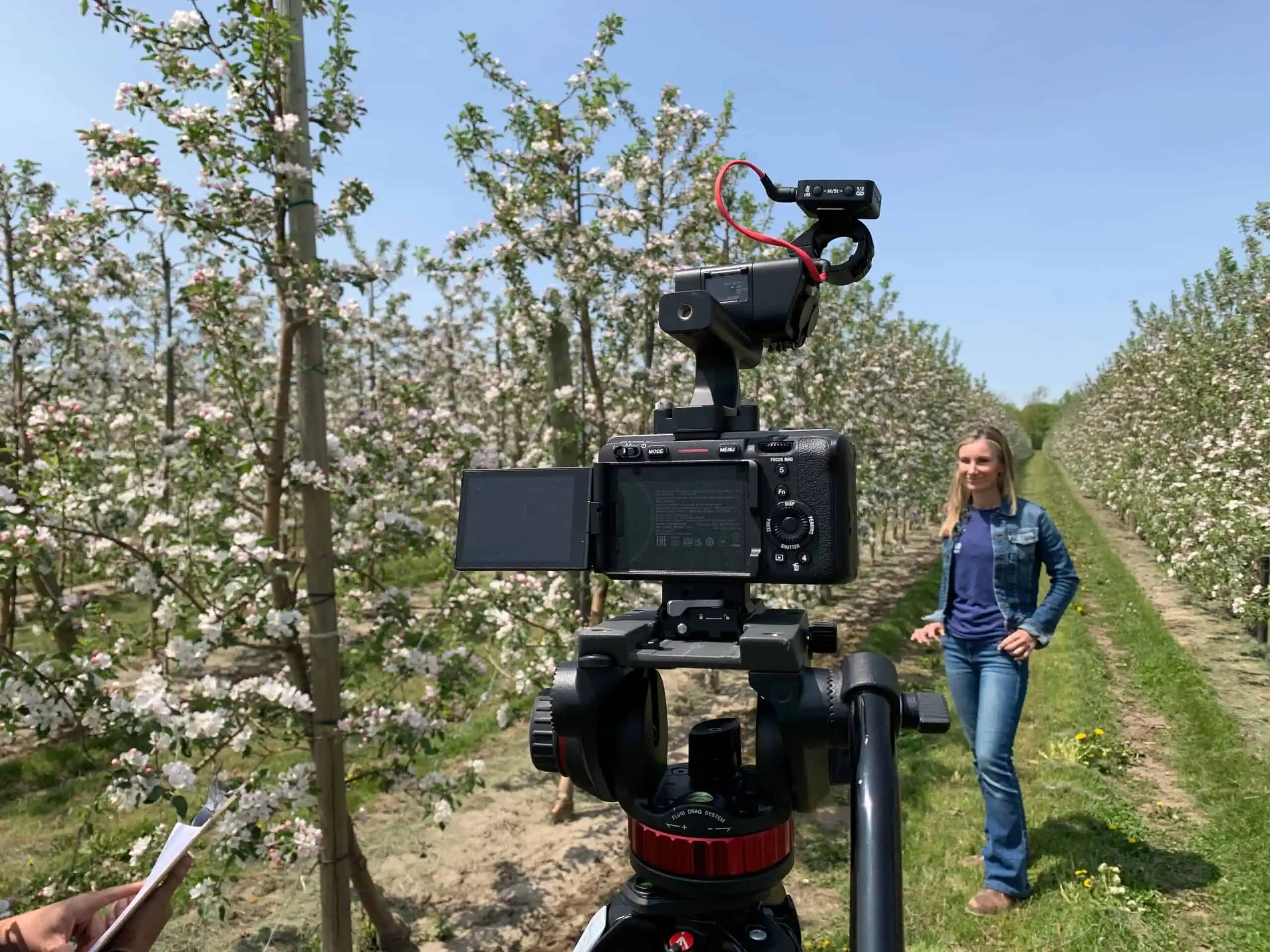The Transformational Power of Video in Marketing: Reshaping Strategies Amidst a Pandemic
In an era defined by digital dominance and heightened customer expectations, video has emerged as the indisputable champion of marketing. Its ability to captivate, engage, and evoke emotions has revolutionized the way businesses communicate with their target audience. The recent global pandemic accelerated this transformation, making video marketing more vital than ever before. In this blog post, we explore how video has reshaped the face of marketing, driving brand awareness, fostering connection, and enabling businesses to thrive in challenging times.
1. Enhanced Storytelling: Video has given marketers the power to convey compelling narratives like never before. Through visuals, sound, and motion, videos capture attention, allowing brands to communicate their values, purpose, and unique selling propositions more effectively. Since the pandemic, businesses have leveraged video storytelling to adapt their marketing strategies. From heartwarming advertisements that fostered a sense of unity and hope to authentic behind-the-scenes glimpses into remote work environments, videos have helped businesses humanize their brands and build stronger connections with consumers.
2. Increased Engagement: One of the most significant advantages of video marketing is its ability to drive higher engagement rates. In a world dominated by social media platforms, where attention spans are shrinking, videos stand out in users’ newsfeeds and timelines. The pandemic-induced lockdowns and remote work setups further amplified the demand for video content as people sought entertainment, education, and connection online. Brands that embraced video marketing witnessed increased user interaction, including likes, comments, shares, and click-through rates. By creating captivating and shareable video content, businesses have successfully built a loyal and engaged customer base.
3. Improved Personalization: Personalization has become a crucial aspect of effective marketing, and video has played a vital role in this realm. By creating videos tailored to specific audience segments, businesses can deliver personalized experiences that resonate deeply with their customers. During the pandemic, video personalization became even more significant as marketers had to adapt to the changing needs and emotions of their audience. Whether it was delivering personalized messages of empathy, offering virtual product demonstrations, or hosting live stream sessions, businesses utilized video to maintain a personal connection with their customers despite physical distancing.
4. Accessibility and Reach: The pandemic forced businesses to rethink their marketing strategies and find ways to stay connected with customers even when face-to-face interactions were limited. Video production provided a means to reach wider audiences and bridge physical distances. With the rise of streaming platforms, social media video features, and virtual events, businesses could engage with global audiences in real-time, breaking geographical barriers and extending their brand reach. Video content also proved to be highly accessible, with features like captions and transcripts catering to individuals with hearing impairments or those preferring to consume content in silence.
5. Measurable Results and Analytics: Digital marketing thrives on data-driven insights, and video marketing is no exception. With the aid of analytics tools and platforms, businesses can track and measure the performance of their video campaigns. Metrics such as views, watch time, engagement rates, and conversion rates enable marketers to understand what works and what doesn’t, allowing them to refine their strategies for better results. During the pandemic, these analytical insights became even more valuable, as businesses sought to optimize their marketing budgets and adapt to the rapidly changing consumer landscape.
Video marketing has undergone a profound transformation, forever changing the face of marketing. In the wake of the global pandemic, businesses realized the immense potential of video to connect, engage, and inspire. As we move forward, it is clear that video will continue to dominate the marketing landscape, offering unparalleled opportunities for businesses to tell their stories, foster connection, and drive growth.
